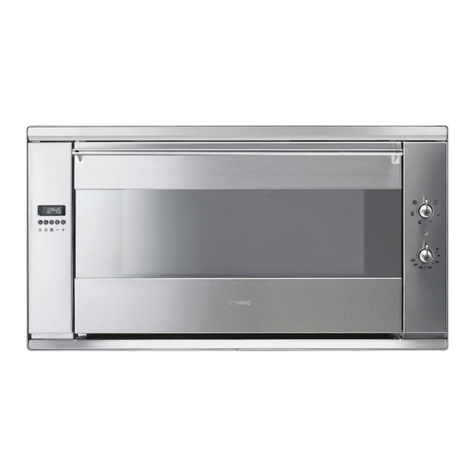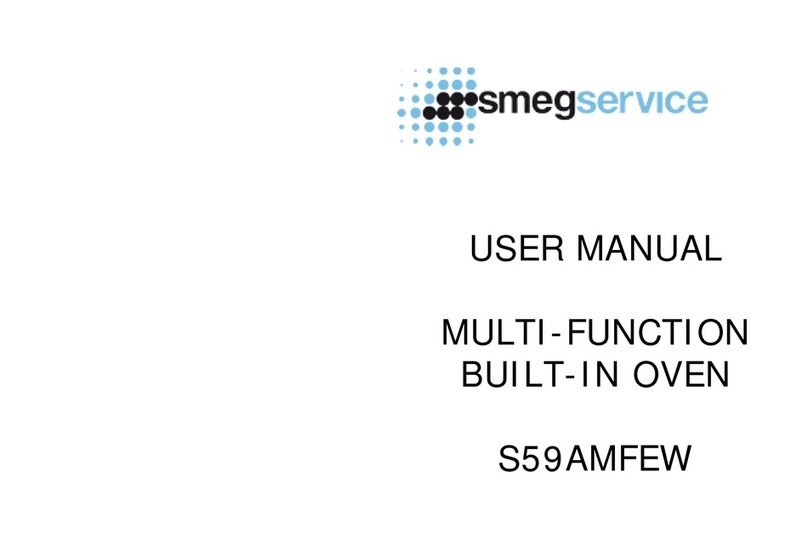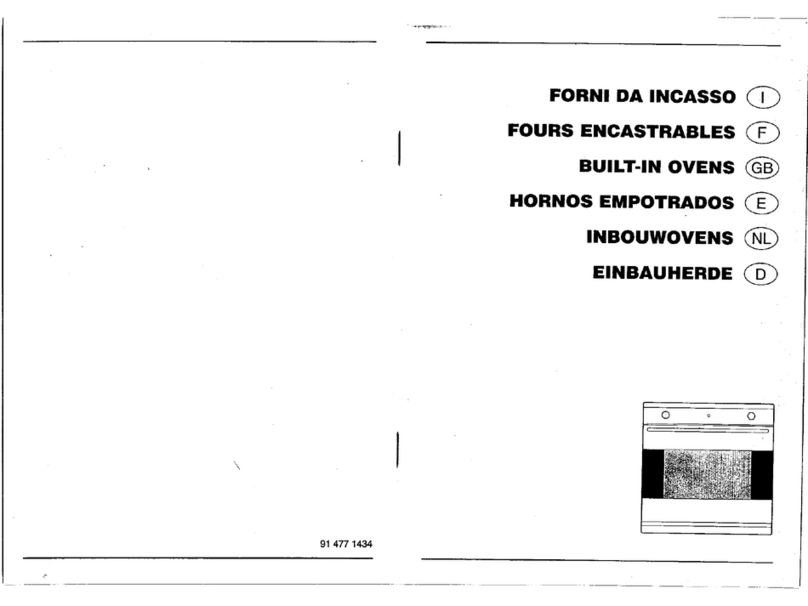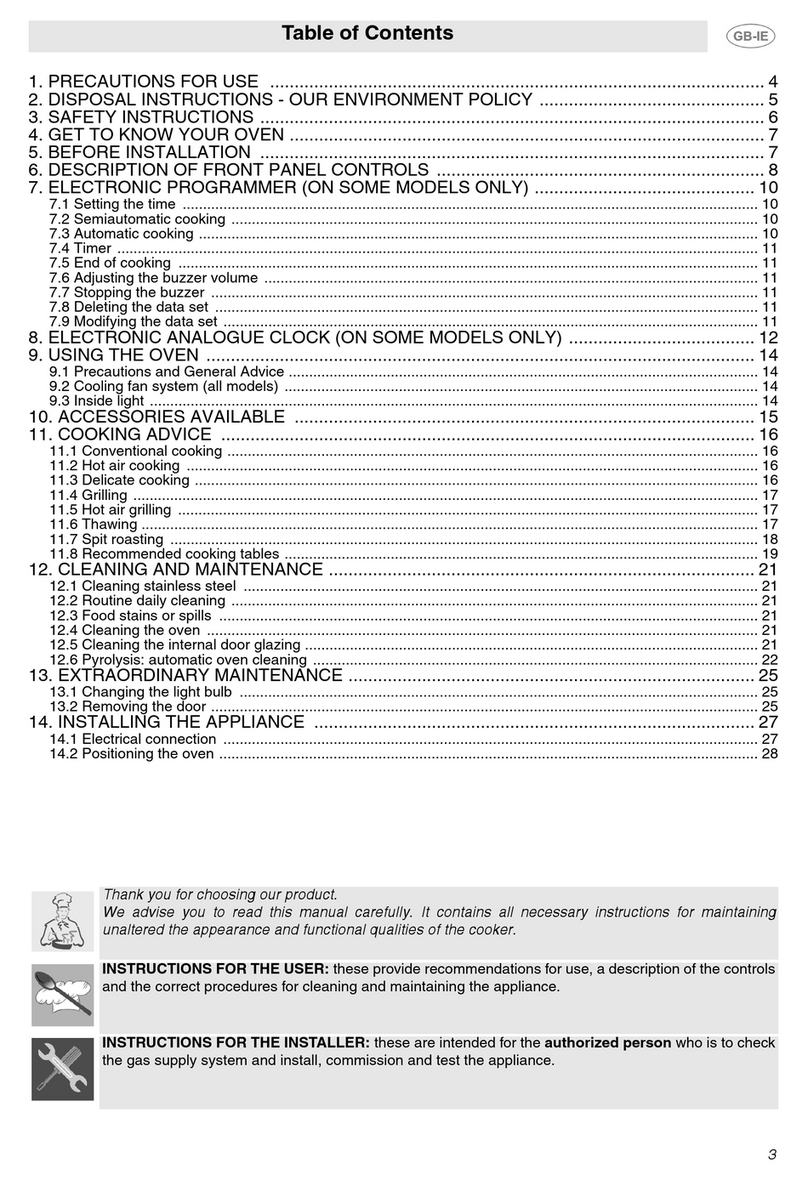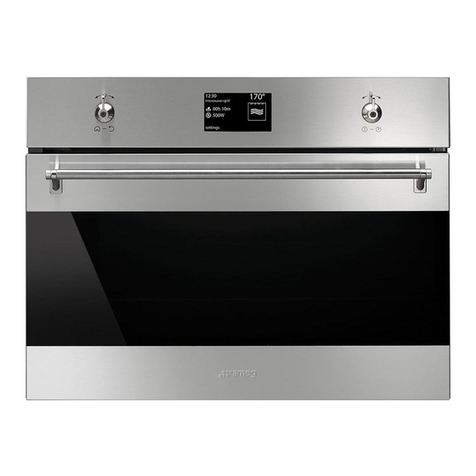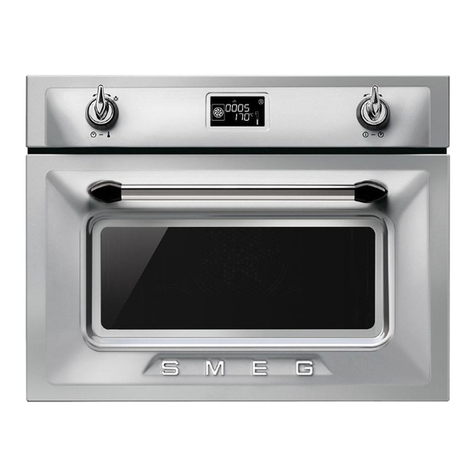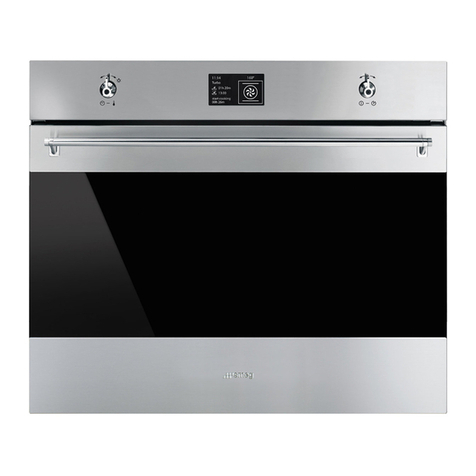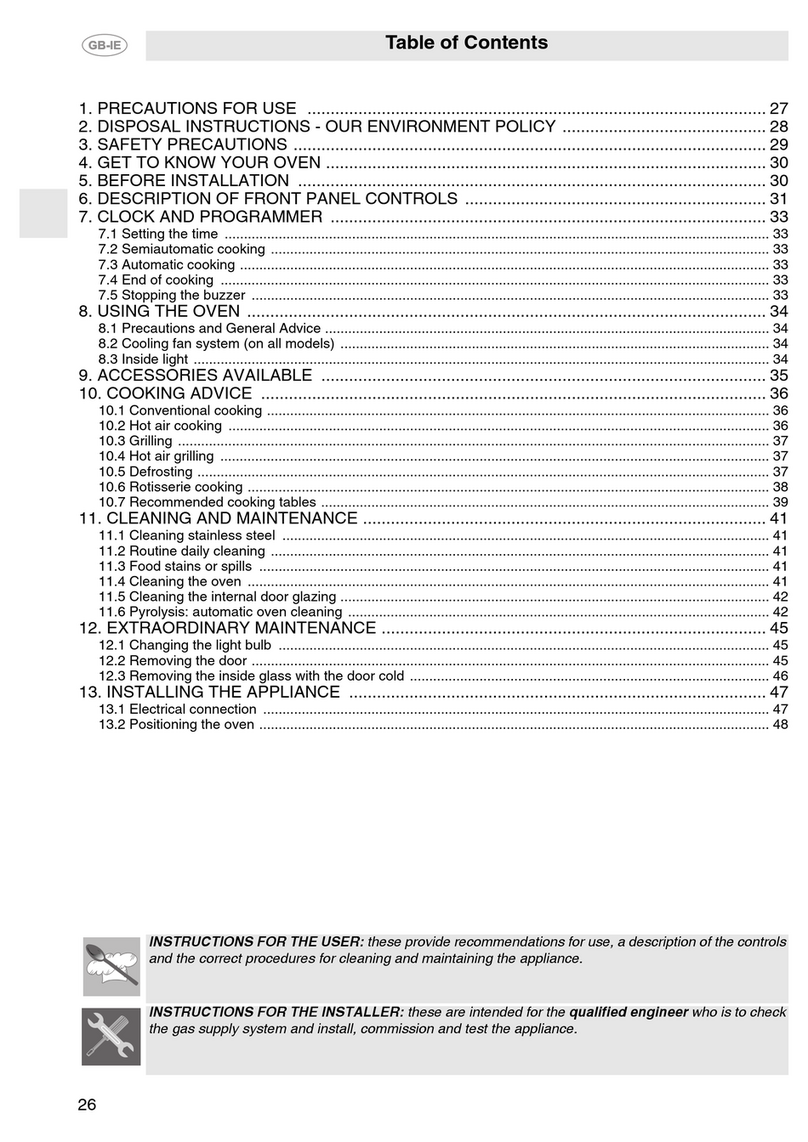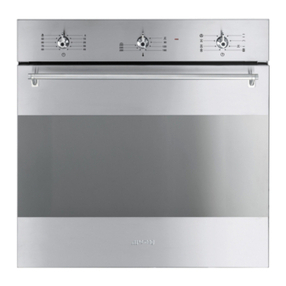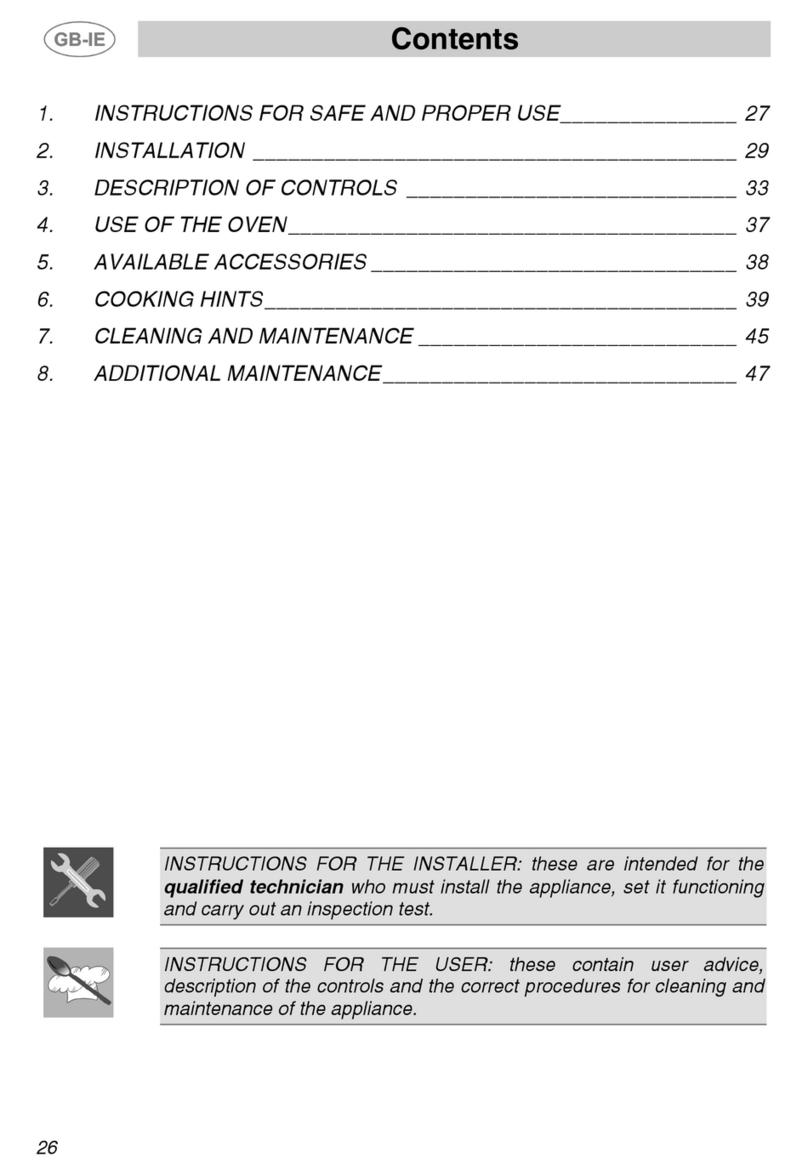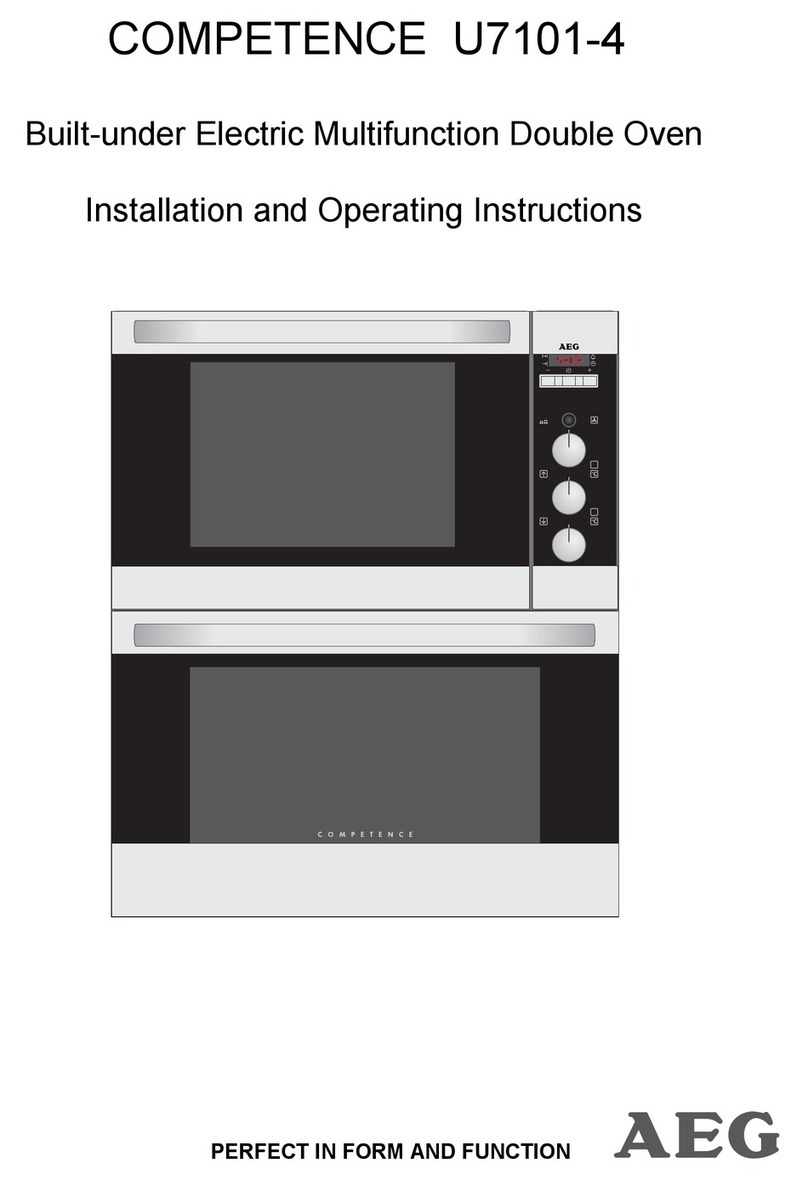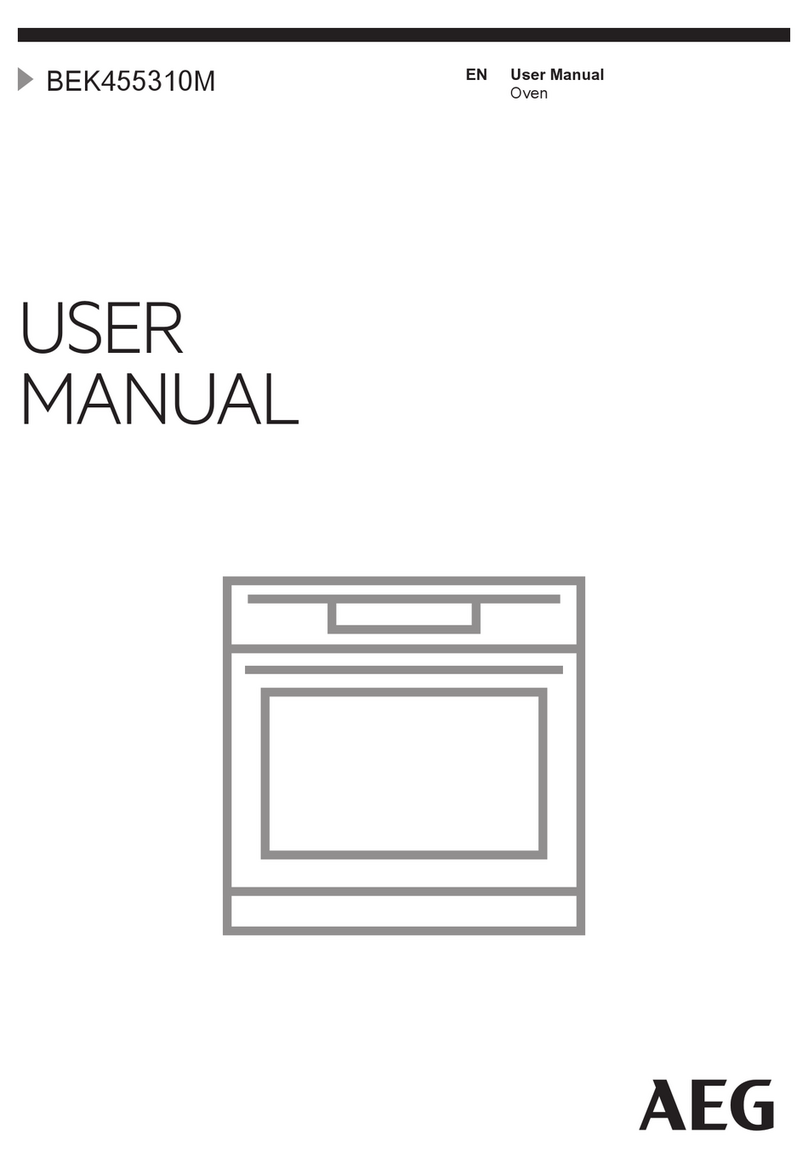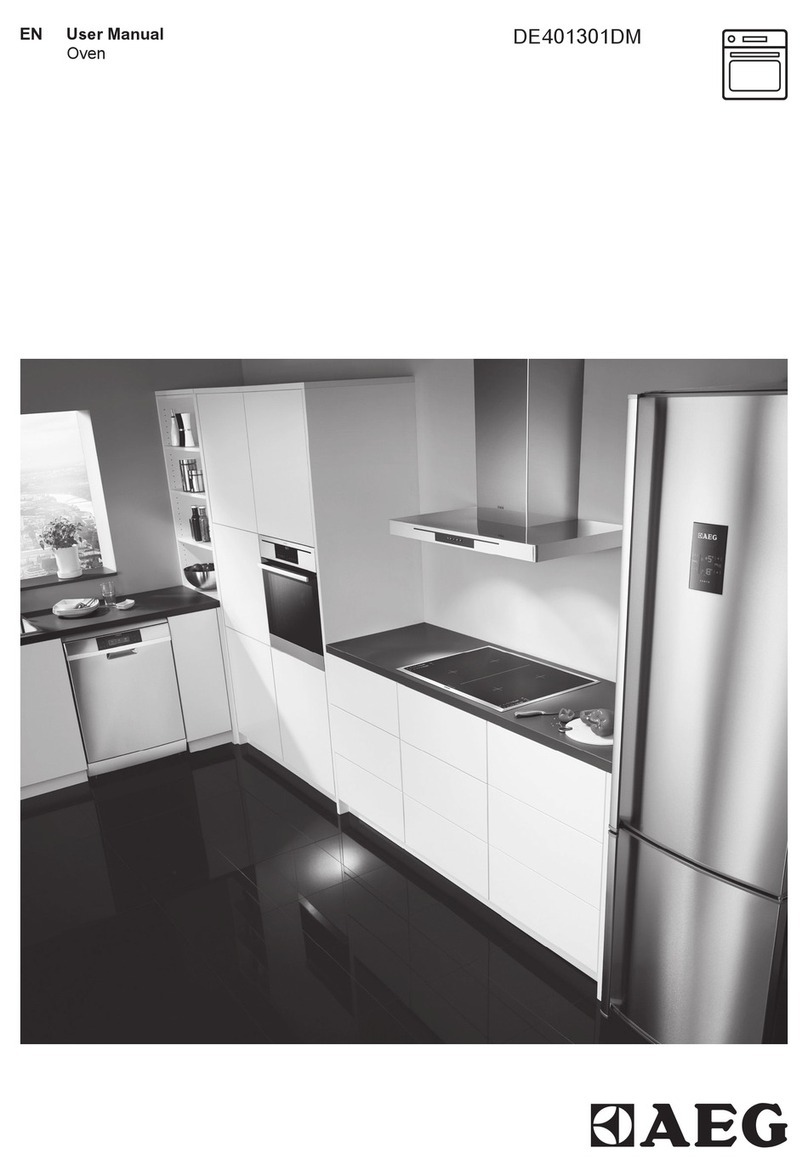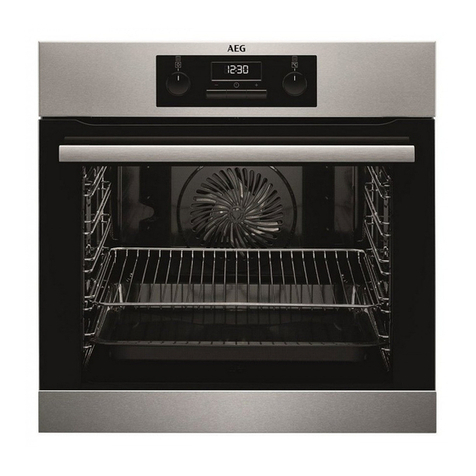
Instructions
34
1 Instructions
1.1 General safety instructions
Risk of personal injury
• During use the appliance and its
accessible parts become very hot.
• Never touch the heating elements
during use.
• Keep children under eight years
of age away from the appliance
unless they are constantly
supervised.
• Children must never play with the
appliance.
• Never rest metallic objects such
as knives, forks, spoons and lids
on the appliance during use.
• Switch off the appliance
immediately after use.
• Never try to put out a fire or
flames with water: Turn off the
appliance and smother the flames
with a fire blanket or other
appropriate cover.
• The appliance must never be
cleaned by unsupervised children.
• Have qualified personnel carry
out installation and assistance
interventions according to the
standards in force.
• Do not modify this appliance.
• Do not insert pointed metal
objects (cutlery or utensils) into the
slots in the appliance.
• Do not try to repair the appliance
yourself or without the intervention
of a qualified technician.
• If the power supply cable is
damaged, contact technical
support immediately and they will
replace it.
Risk of damaging the appliance
• Do not use abrasive or corrosive
detergents (e.g. scouring
powders, stain removers and pan
scourers) on glass parts.
• Use wooden or plastic utensils.
• Do not seat on the appliance.
• Do not use steam jets to clean the
appliance.
• Do not obstruct ventilation
openings and heat dispersal slots.
• Never leave the appliance
unattended during cooking
operations where fats or oils
could be released.
• Never leave objects on the
cooking surface.
• Do not use the appliance to heat
rooms for any reason.

